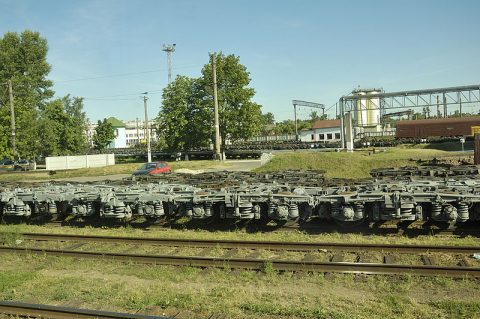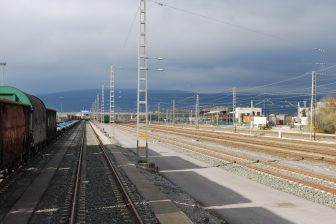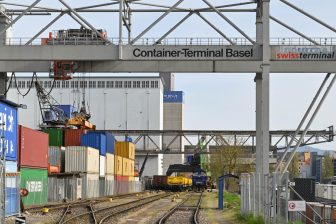
Belarus economy benefiting from China-Europe trains
Rail cargo traffic travelling from China to Europe through Belarus doubled in 2017, according to the head of Belarusian Railways, Vladimir Morozov. Over 3,000 China-Europe trains passed through the country last year, a trend expected to continue in 2018.
Morozov was speaking at an event in Moscow examining the transit potential for Belarus in accommodating Russian trade shipments. He stressed the importance of Russia’s transit through Belarus, with Russian cargoes accounting for 87 per cent of the total rail freight volume traffic last year.
Revenues
The event at the Belarus Embassy also heard from Igor Petrishenko, Ambassador Extradordinary and Plenipotentiary of Belarus to Russia. He said the share of the transport sector in Belarus’s gross domestic product (GDP) is around six per cent, while it accounts for around half of Belarus’s exports. It is projected that transit revenues will reach 1.5 billion US Dollars by 2020.
“As a EAEU member state located at the junction of roads to the Baltic Sea and the Black Sea, between such big economic players as China and the EU, Belarus seeks participation in large international infrastructure projects,” said Petrishenko. “We supported the Silk Road Economic Belt initiative and became a hub for this project. Belarus also has an interest in boosting freight traffic from Europe to Asia-Pacific countries and vice versa.”
Strategies
The roundtable discussion also saw specialists of Belarusian Railways and freight companies examine the main fields of rail transport development in 2017, and the technical and logistical capabilities of the rail operator, as well as its strategies to implement tariff policies and attract transit flows.





